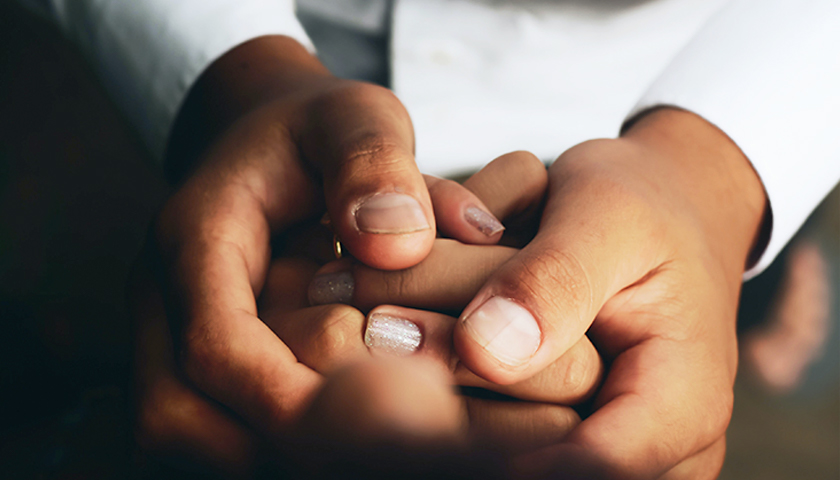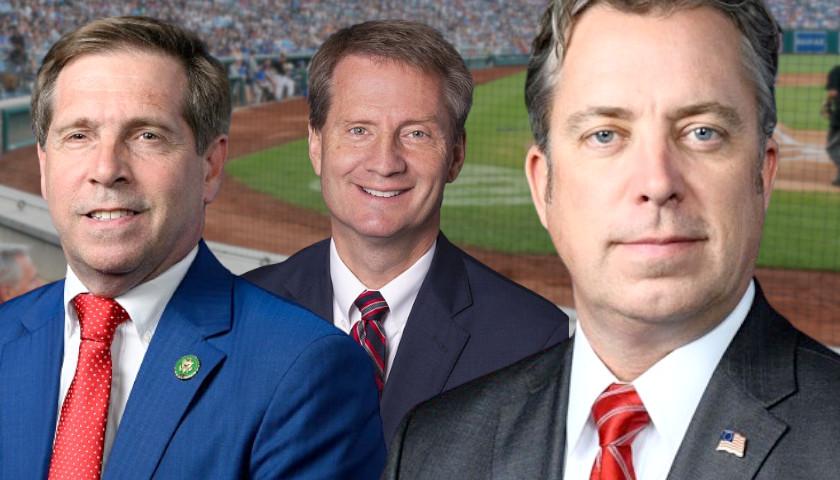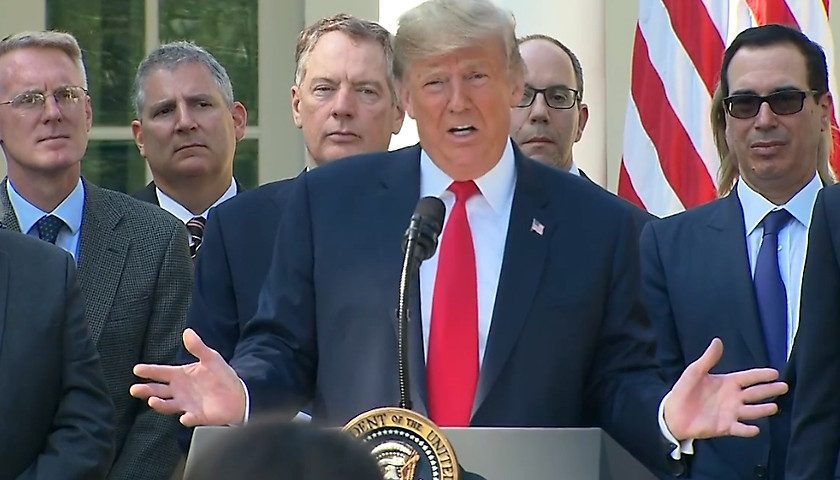by Nathan Mayo
The top quarter of American income earners can expect to live a decade longer than the bottom quarter, medical research shows. This health disparity seems downright cruel. Not only do those in poverty have to pay more for things like credit and insurance, they also pay more years to the Grim Reaper.
Unlike income inequality, transferring years of life from the rich to the poor is not a feasible option. To find a real solution, we must know what drives the inequity.
Could disparate medical attention be the cause?
The upper crust has access to (and inspires the creation of) cutting-edge medical treatment that the poor cannot afford. Healthcare is expensive, so it stands to reason that the rich would end up with more of it in our current system. Though this is an intuitive theory, it collapses when we learn that there is also a comparable difference in life expectancy between the rich and poor even in countries where access to care is identical. In the German city of Hamburg, for instance, the life expectancy gap between the richest and poorest neighborhoods is 13 years—despite equal access to the exact same medical facilities.
Fortunately, a thorough body of research has already solved this puzzle. By comparing health outcomes in US counties with demographic characteristics of the residents, numerous studies have shown which characteristics correlate with longer lives. In one frequently cited study in The American Journal of Preventive Medicine, researchers determined that four groups of factors had a significant impact on life expectancy and other measures of health.
Socioeconomic factors such as unemployment, violent crime, and lack of social support explain 47 percent of the worse health of the poor. While unstable families and unemployment do not kill people directly, they are connected to mental health problems and stress-triggered conditions like heart disease. Unhealthy behaviors such as poor diet, substance abuse, and risky sexual activity explain 34 percent of the rougher health of the poor. The smallest notable influencers are environmental factors such as pollution and access to recreational facilities (3 percent). Quality of and access to clinical care explains a mere 16 percent of the difference.
Unpacking the precise magnitude of the 35 factors in the study would take a long time. However, we can say with confidence that if we completely equalized access to healthcare through a program like Medicare-for-all, the most impact we could hope to have on reducing health inequality is about 16 percent of the gap. This marginal improvement would come at a fiscal cost greater than the existing Social Security, Medicare, and Medicaid bills combined. Furthermore, that equalization of access would not guarantee that the poor would live a day longer. A more likely outcome is just that the rich would die sooner. This seems probable because the American upper quintile lives several years longer than the upper quintile in countries with universal healthcare like Canada and the United Kingdom.
Alas, solutions to complex problems like health inequity cannot be reduced to sound bites such as “free healthcare for all.” Real solutions must be as varied as the problems of the individuals involved. Helping people move up the health and wealth ladder is not as easy as it sounds; different people require different solutions. Some people need help with substance abuse, some need job training, and some just need a friend.
If you are skeptical about the government’s ability to craft tailored, personal solutions with blunt national programs, your distrust is well founded. Denmark faces a widening health gap even as their government spends 51 cents from every dollar of Danish production. In America, as the government has subsumed more of poverty fighting, solutions have become less tailored and less effective. The life expectancy gap between the rich and poor continues to increase—even as the government now spends a trillion dollars a year on poverty alleviation.
Yet, there remains a solution hidden in plain sight. We are the solution. Not the mythical collective “we” that votes for a panel of bureaucrats to help our neighbors. The real solution is “we,” the collection of individuals who can help the people we know personally and support local charities to help those we have not met.
The efforts of individuals, local charities, and houses of worship are fundamentally different from government programs because they do have the flexibility to tailor solutions. We do have the ability to determine whether someone needs emergency food or a dietary class. We can be a friend to someone contemplating suicide. If you care about justice for the poor, then share fewer political memes and go volunteer at your local homeless shelter. Learn about one man’s problems and be a part of his solution.
No matter who is elected to any office, there is nothing that the government can do for those living in poverty that we cannot do better ourselves.
– – –
Nathan Mayo is the Membership Director for the True Charity Initiative, which exists to champion a movement of voluntary, effective charity at the most local level.






Let me throw out a few possible reasons for this purported disparity:
1. Drugs
2. Criminal acts
3. Living on the street
4. Gangs
5. Laziness